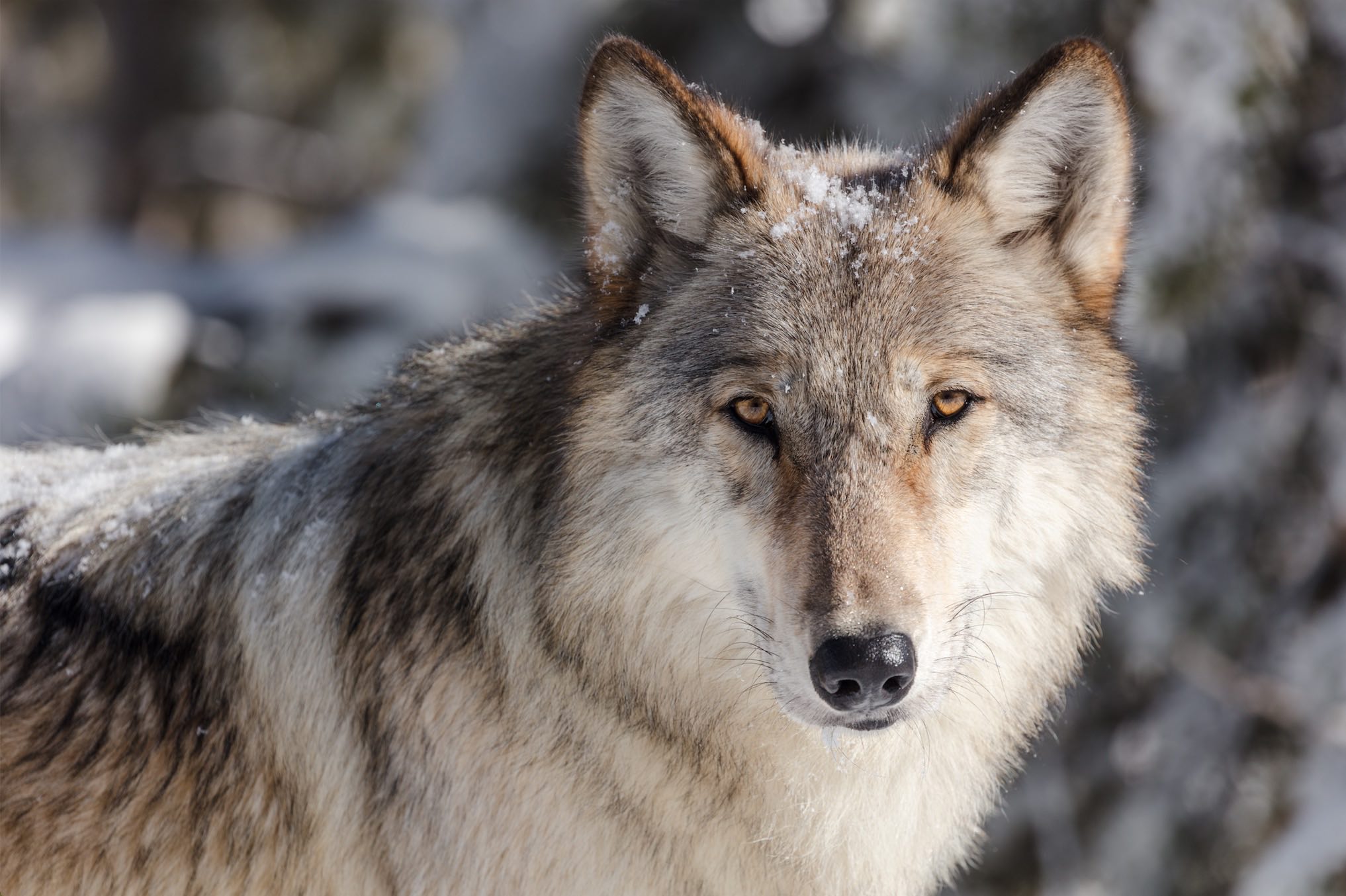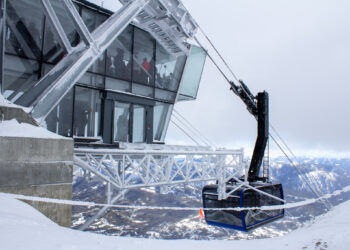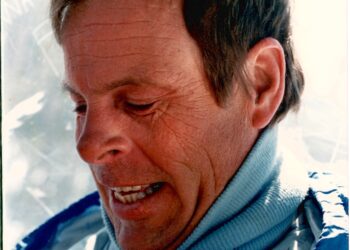By Jessianne Castle ENVIRONMENTAL & OUTDOORS EDITOR
BOZEMAN – Senior wildlife biologist Doug Smith has handled more than 600 wolves since he started studying the canines at the age of 18. Having worked on the Yellowstone Wolf Project in Yellowstone National Park for 25 years, he’s dedicated his life to understanding these creatures.
“You look at his magnificence and his beauty and what he means to that forest and what that means to us spiritually and symbolically. Those woods are empty and vacant without that guy and his pack, but that’s my opinion,” Smith, now 58, told a crowded lecture hall at Bozeman’s Museum of the Rockies on Feb. 13.
His presentation was a part of the Science Inquiry Series put on by the Gallatin Valley Friends of the Sciences and was so popular that at the 7 p.m. start time at least 20 people milled around outside the museum after being turned away, the 220-seat Hager Auditorium reportedly full.
Smith is the first to admit the debate over wolves is a tricky one. “It is so hard to do science with wolves,” he said. “They are so value laden, opinion laden. … This is an animal of myth, legend, fable, presence.”
Charged with presenting on his research team’s scientific findings over the years, Smith found himself discussing the social challenges associated with such a high-profile species, even when dealing with the science, whether elk and wolf interaction, wolf behavior, or his own his stories of work in the field.
At one point, Smith paused to describe the capture of a wolf that tipped the scale as the largest caught in Yellowstone. The male weighed in at 148 pounds.
“I looked at that wolf and I looked at the forest behind and I thought, what is the big deal? And what would that forest be like without him and why, why has this critter done what it’s done to people for so long?”
Since the ’95 and ’97 reintroduction of wolves into Yellowstone National Park along with a sister reintroduction in central Idaho, the number of wolves has expanded from approximately 50-60 wolves living in Montana in 1994, to an estimated 2,000 today across Idaho, Wyoming and Montana, which was further augmented by the natural recolonization of wolves into northern Montana. This came after early 19th-century mentalities saw to the near elimination of predators like wolves.
“The world exists at our leisure, and I’m not sure that’s a good thing but that’s the fact,” Smith told the packed auditorium. “Wolves resist that and that’s one reason why we killed them for so long. They represent wildness in the truest form. We can’t have just things that are convenient to us. We have to have the hard things, like wolves.”
Smith cited social science studies looking at our perspectives on wolves, saying he’s worried that human attitudes still haven’t completely changed. What Smith called “wolf hatred” might still trump wolf tolerance.
“We’ve got to find a middle ground,” he said. “To have wolves probably means you’re going to have to hunt them, at least moderately, and for sure controlling problem wolves.
“Wolves can take a harvest,” Smith added toward the end of his presentation. “In some cases it affects their social structure, in other cases it doesn’t so this is a big debate. [But] wolf hatred is not a good way to manage anything.”
Visit kgvm.org/show/yellowstone-wolves-science-and-discovery-in-the-worlds-first-national-park to listen to Doug Smith’s full lecture.














